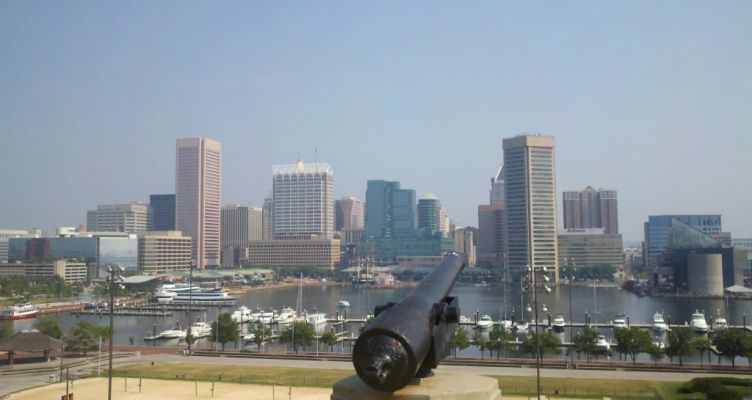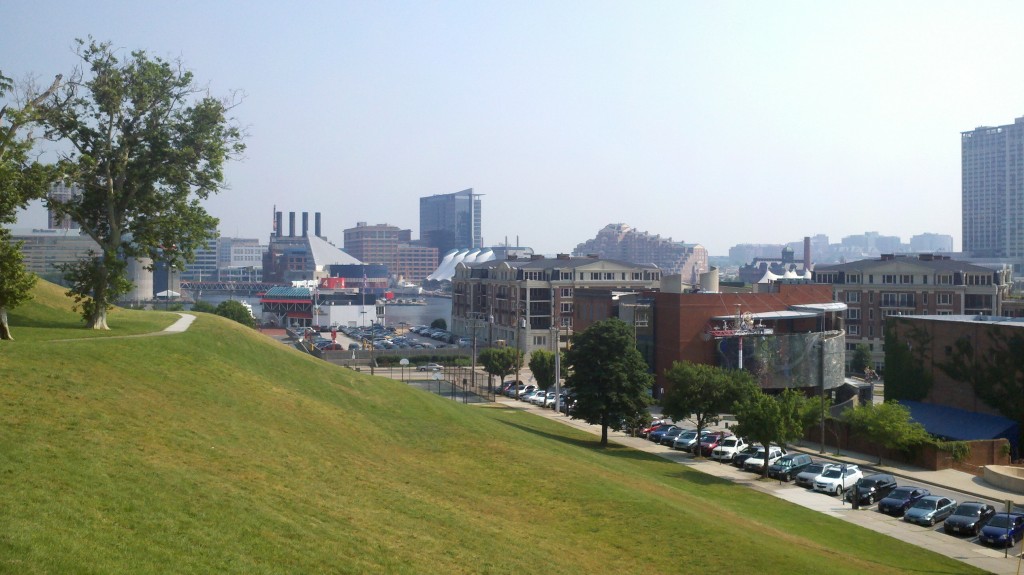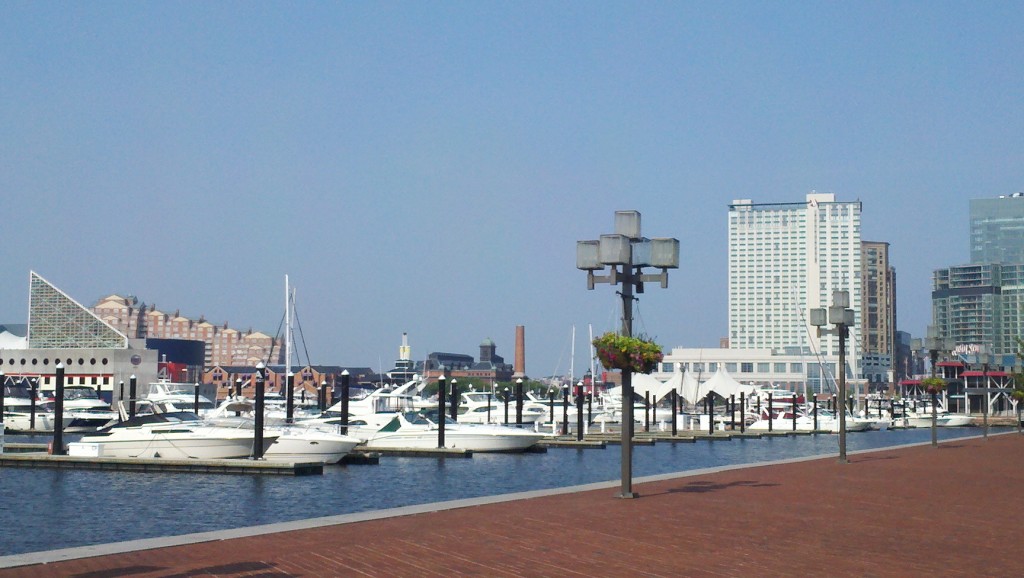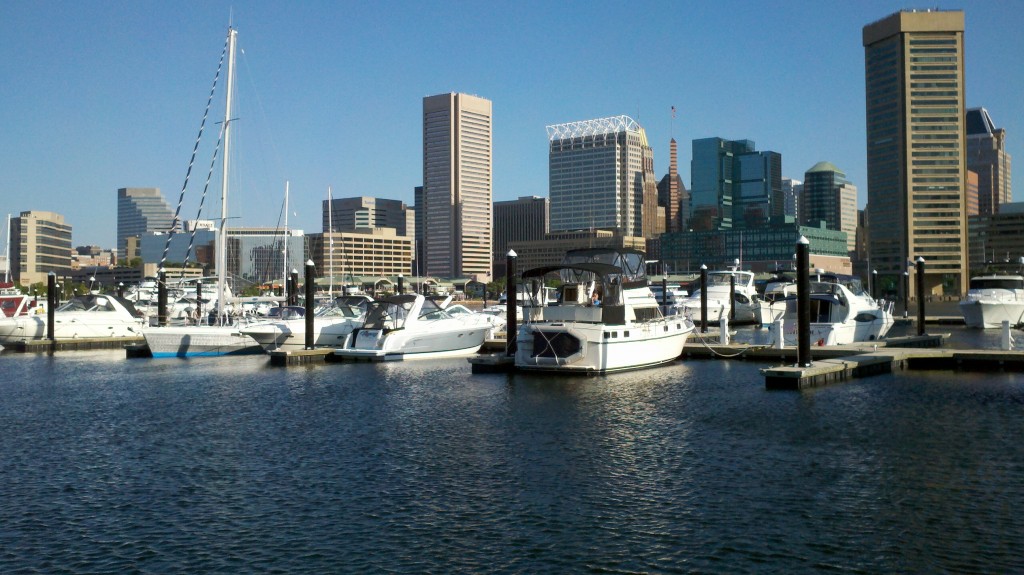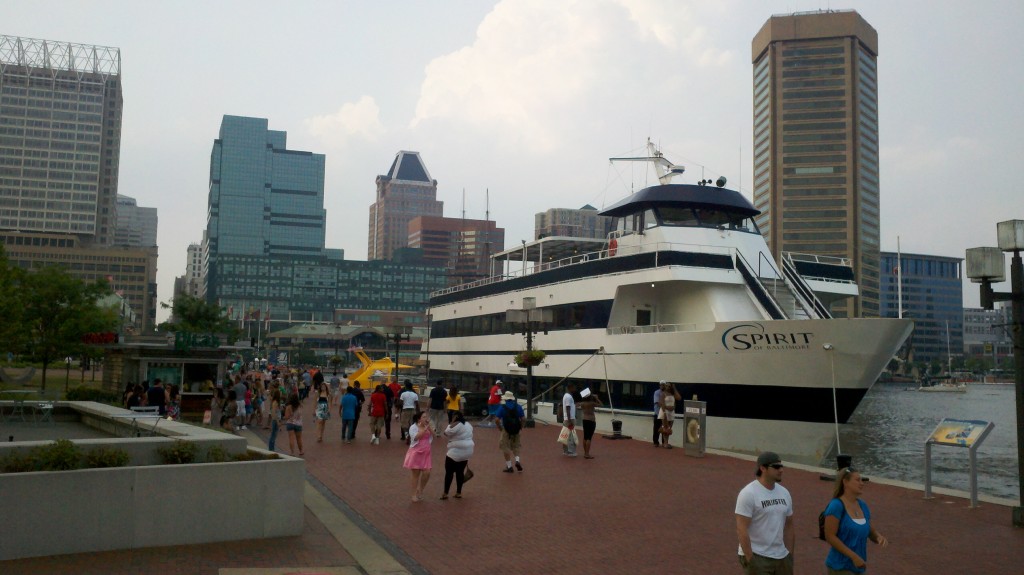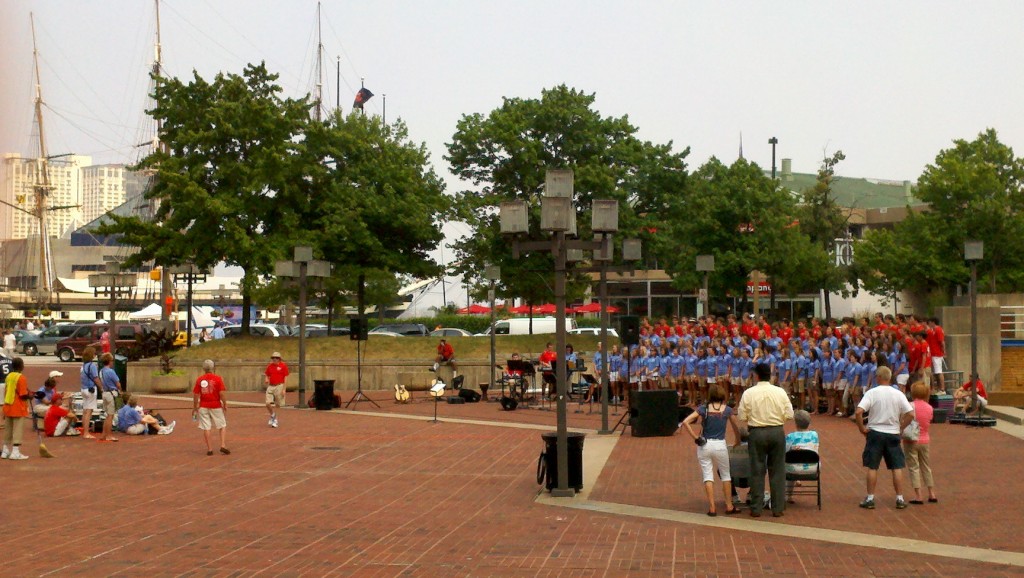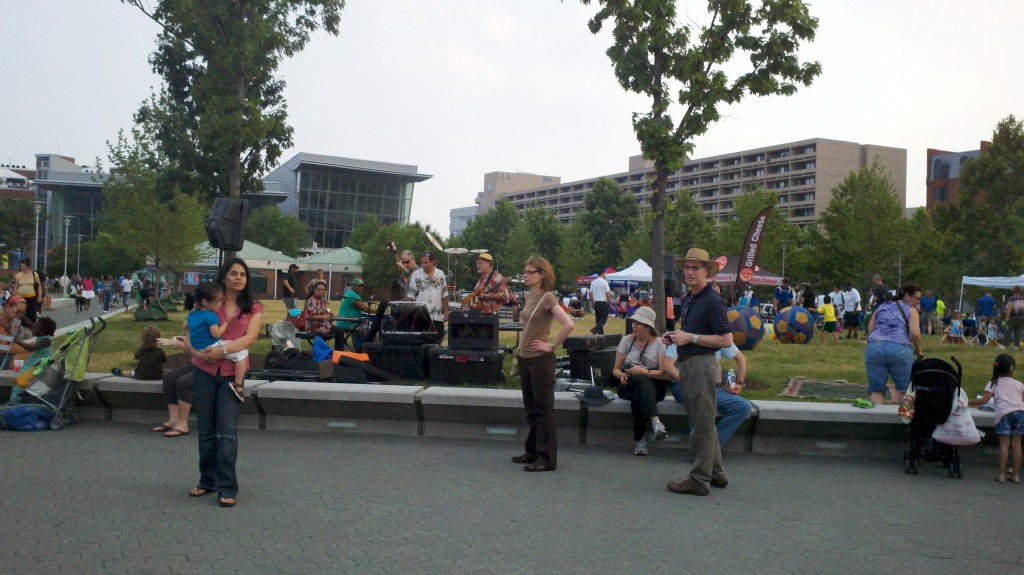Is Baltimore Bouncing Back?
Thanks to popular shows like The Wire, Baltimore isn’t exactly known for being a thriving metropolis. After four years as an undergraduate at Johns Hopkins University, located north of the city, I can’t say I thought much of “Charm City” either. There is only one metro line, the buses are dirty and unpredictable, the streets are pockmarked, and poverty and crime rule… or so I thought.
However, as a new resident of one of the city’s more coveted neighborhoods, Federal Hill, I must confess that, in a week’s time, my impression of Baltimore has done a complete one-eighty.
Albeit, “Fed Hill” is the epitome of a gentrified neighborhood. Coffee shops sprout up on neighborhood corners like weeds, offering free WiFi to young professionals. There is an abundance of new mothers out with their strollers for a morning jog. On my nightly walk home from work in downtown’s Inner Harbor, I pass beautiful ships docked in the piers, a volleyball court crowded with young twenty-somethings, music festivals, and long lines for the Harbor Cruise. Ten blocks of luxury Ritz Carlton townhomes have appeared, seemingly overnight, “on the harbor,” as the advertisement reads (literally, these home are on Venice-style stilts, sitting in the harbor’s water). Needless to say, the ten-mile radius that is downtown Baltimore is truly picturesque and, above all, safe.
With many of Baltimore’s corporations and industry, hipster cafes, trendy bars, wide variety of ethnic restaurants, and Camden Yards all within walking distance, it is no surprise that downtown neighborhoods such as the Inner Harbor, Federal Hill, Fells Point, and Canton have attracted a young, professional crowd. So then, with all of these perks, why are people leaving and why does Baltimore still have such a bad reputation?
Unfortunately, it cannot all be blamed on The Wire. If you drive even two blocks north or east of the gentrified ten-mile radius, you enter what could quite honestly be categorized as ‘a whole new world.’ Friends from Hopkins used to call this No Man’s Land; the place between downtown and Hopkins’ sprawling lawns in North Baltimore. It is a land in which there are five abandoned homes for every inhabited one; where it is not uncommon to see a homeless twenty-something walking up and down the highway median asking for change; and where police blue lights function more systematically than traffic lights.
Sadly, such devastating urban disparities are not uncommon, as any city-dweller will tell you. But given that neighborhoods like Federal Hill and Canton were considered precarious a mere 10-15 years ago, the good news is, things really seem to be looking up for Baltimore.
View from Federal Hill
View from Federal Hill
Inner Harbor
Inner Harbor
Inner Harbor
Choir performs at Inner Harbor
Concert at Inner Harbor
